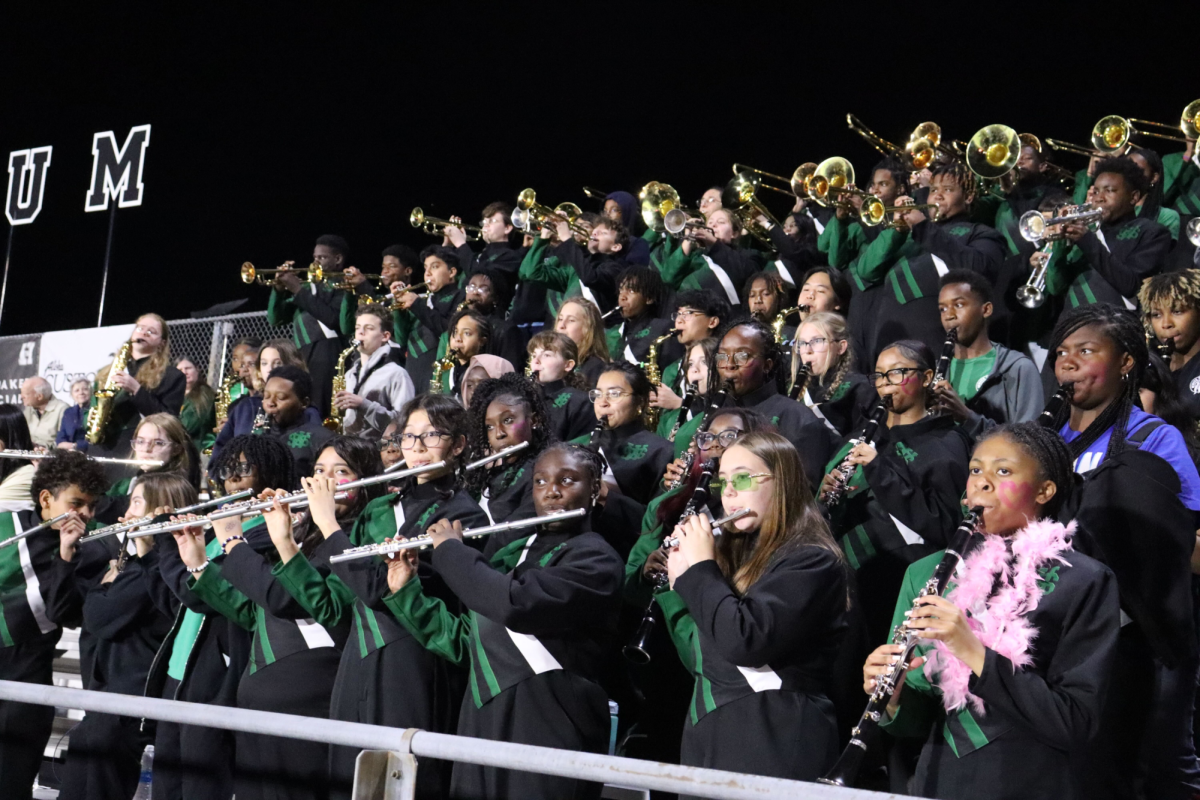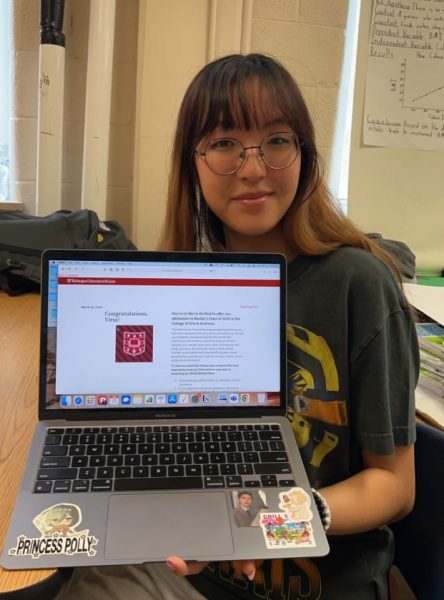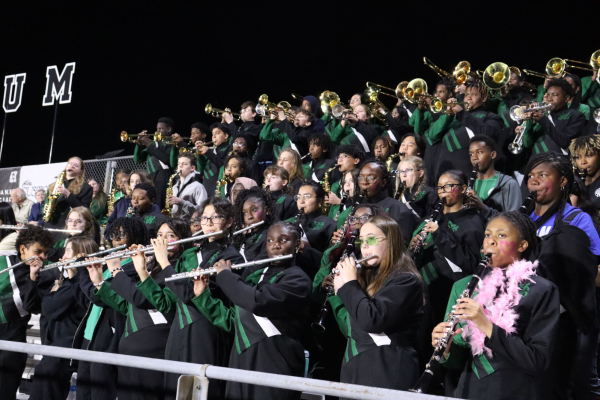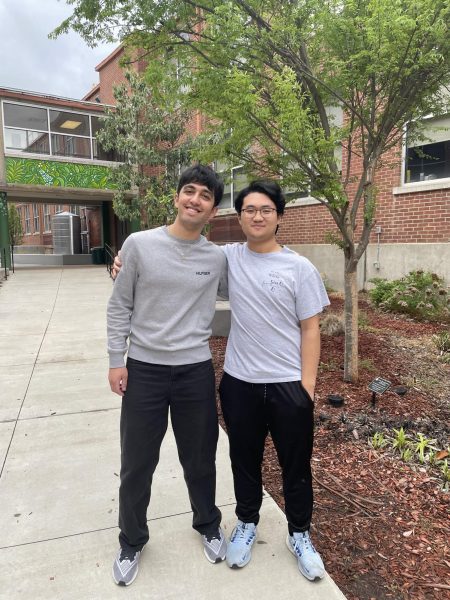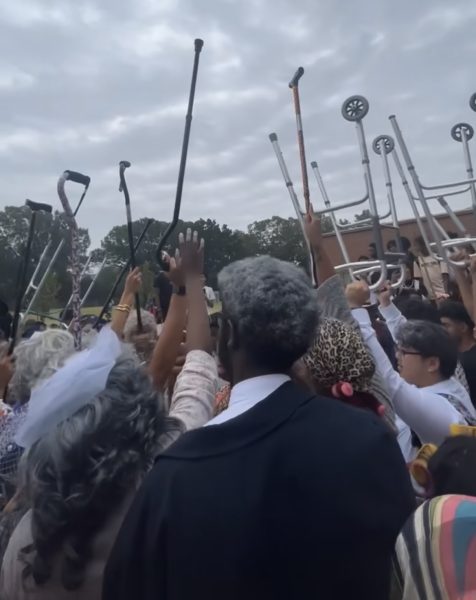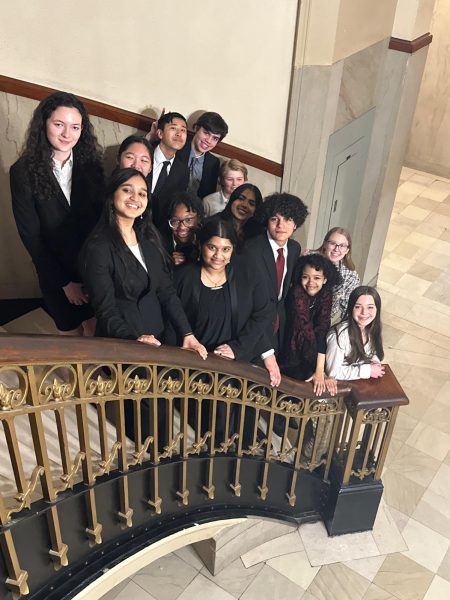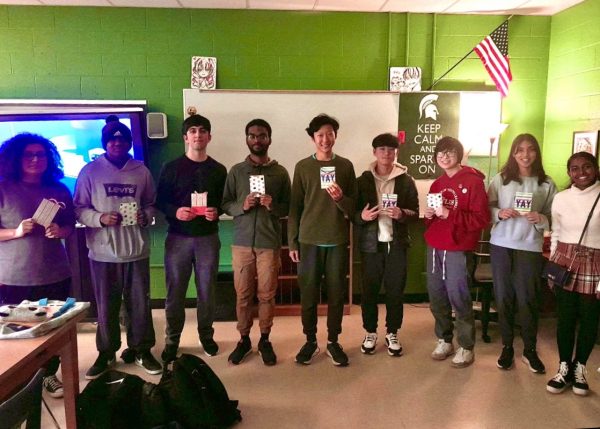Supreme dilemma
As the Supreme Court returns to session, the justices will be reviewing controversial topics within our country, specifically, affirmative action.
“[Affirmative action] is very controversial in how the government treats [minorities], especially because you’re talking about potentially the future of someone’s life and being dependent on which college they go to [and] which jobs they’re hired at,” Rahul Srinivasan (12) said.
Affirmative action has affected the college admissions process each year in some aspect since it was first implemented in the early 1960s. But many people still are unsure of what it is.
“The best way to remember what affirmative action means is to look at the two words. It is the federal government taking affirmative action…they were tired of having this de facto segregation…so we’re going to make sure that school boards, for example, reflect the racial makeup of the community surrounding them as best they can,” Tony Fernandez said.
Affirmative action was designed with the intent to provide equal opportunity for all races, so that one group would not be at a disadvantage in comparison to another. It was created to consolidate Caucasians and minority groups in the workplace, college, and other institutions.
There are misconceptions regarding the implementation of the concept. It is commonly thought to benefit mostly African Americans and Latinos; however, the original purpose was to create a lack of racial bias.
Currently, affirmative action is still used by colleges, both public and private. Public schools use the policy in their admission process. Private schools commonly have more leeway when it comes to applying these policies to admitting applicants and building a class.
“If you have a private firm that is independent of the federal government, you can be exempt from following the fourteenth amendment, which is what affirmative action is based out of…you have more leverage to get around it versus public where you’re getting funding from the government,” Srinivasan said.
One reason that modern college admission processes follow affirmative action is to create diversity within a school.
“I can see why college admission officers do try to balance ethnic groups, men and women just to make a class well rounded, but they should still meet those qualifications,” Emma Taylor (12) said.
Because of the Regents of the University of California versus Bakke case, in which a White male challenged affirmative action in what he believed was reverse racism, the Supreme Court ruled that race alone could not be the sole factor of whether a student is admitted or not. So currently, admission decisions have to be based on other aspects to determine if an applicant is qualified.
Many believe factors to be considered should be academic performance, extracurricular activities and community involvement.
The fate of affirmative action rests in the hands of the supreme court justices as they rule if the program is constitutional or not. However, for now “race can be a factor, but not the determining factor,” Fernandez explains.
Your donation will support the student journalists of White Station High School. Your contribution will allow us to purchase equipment and cover our annual website hosting costs.










